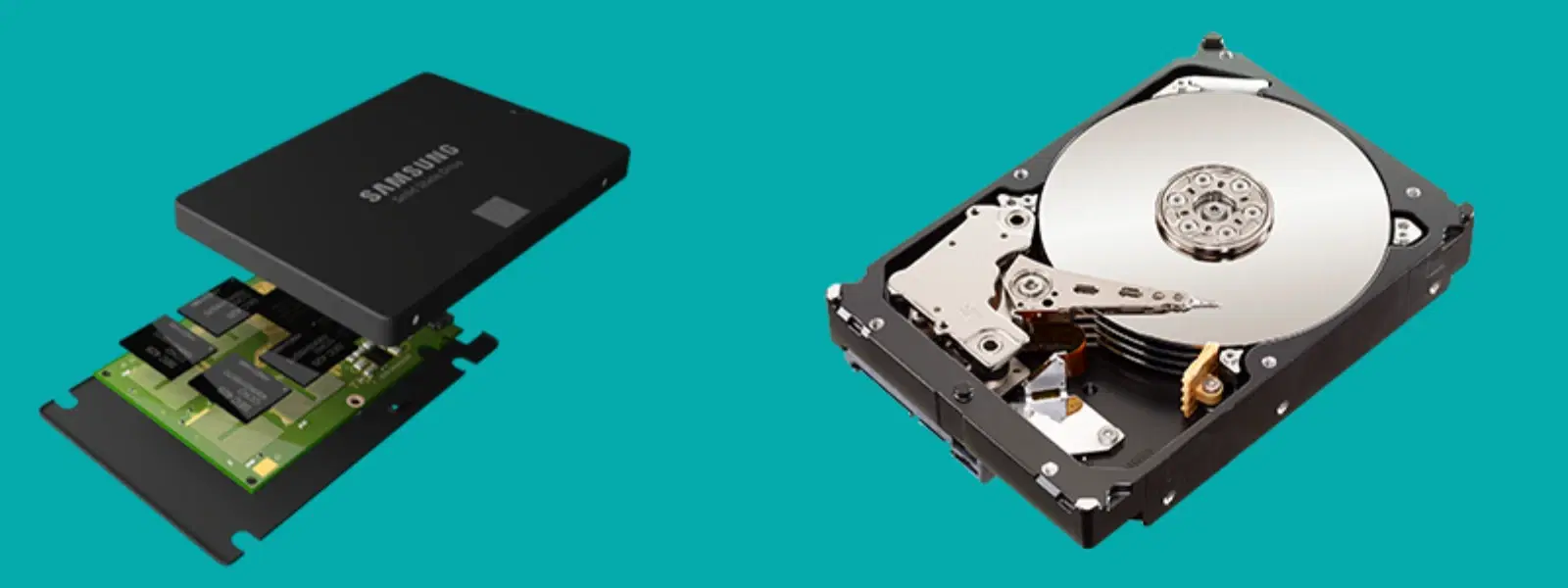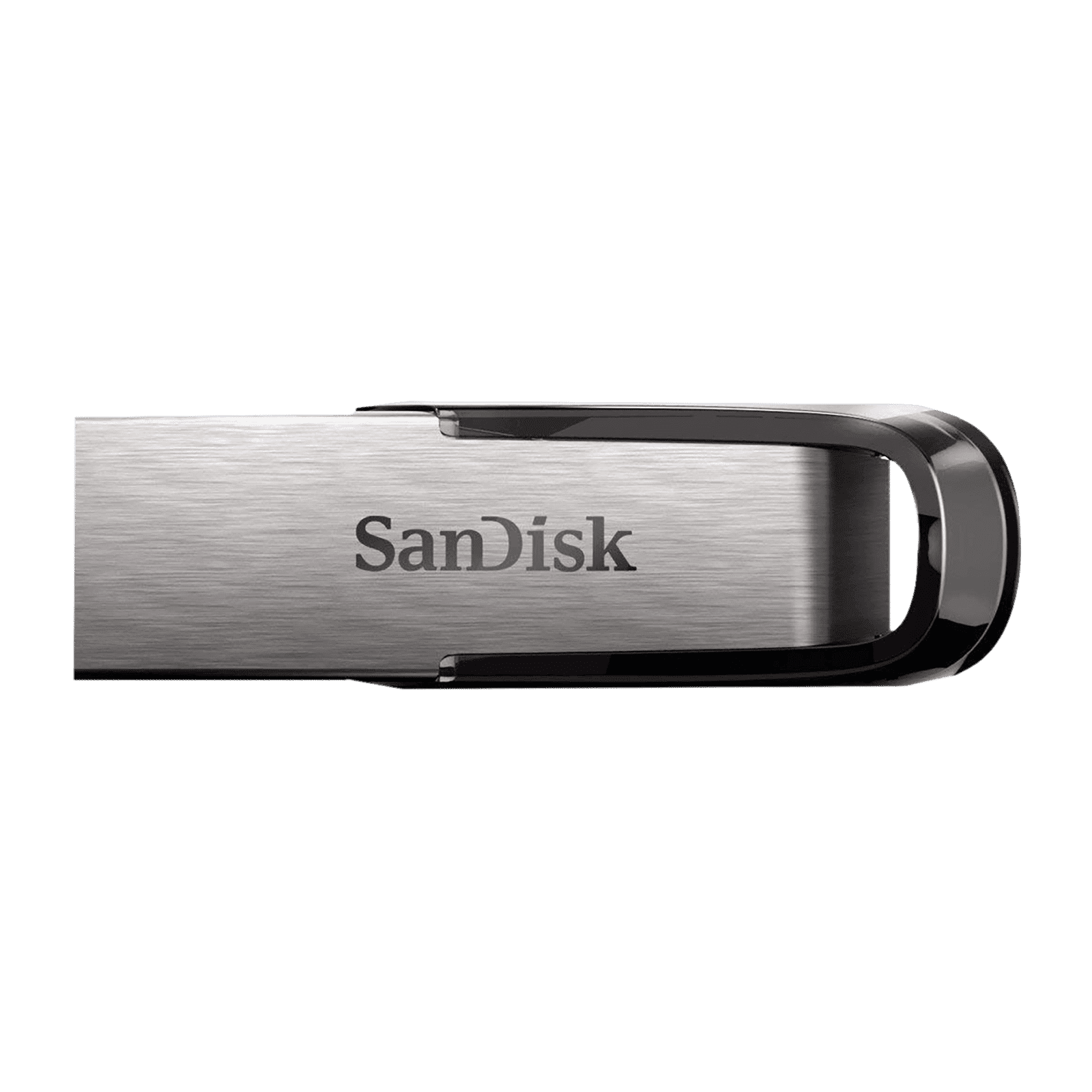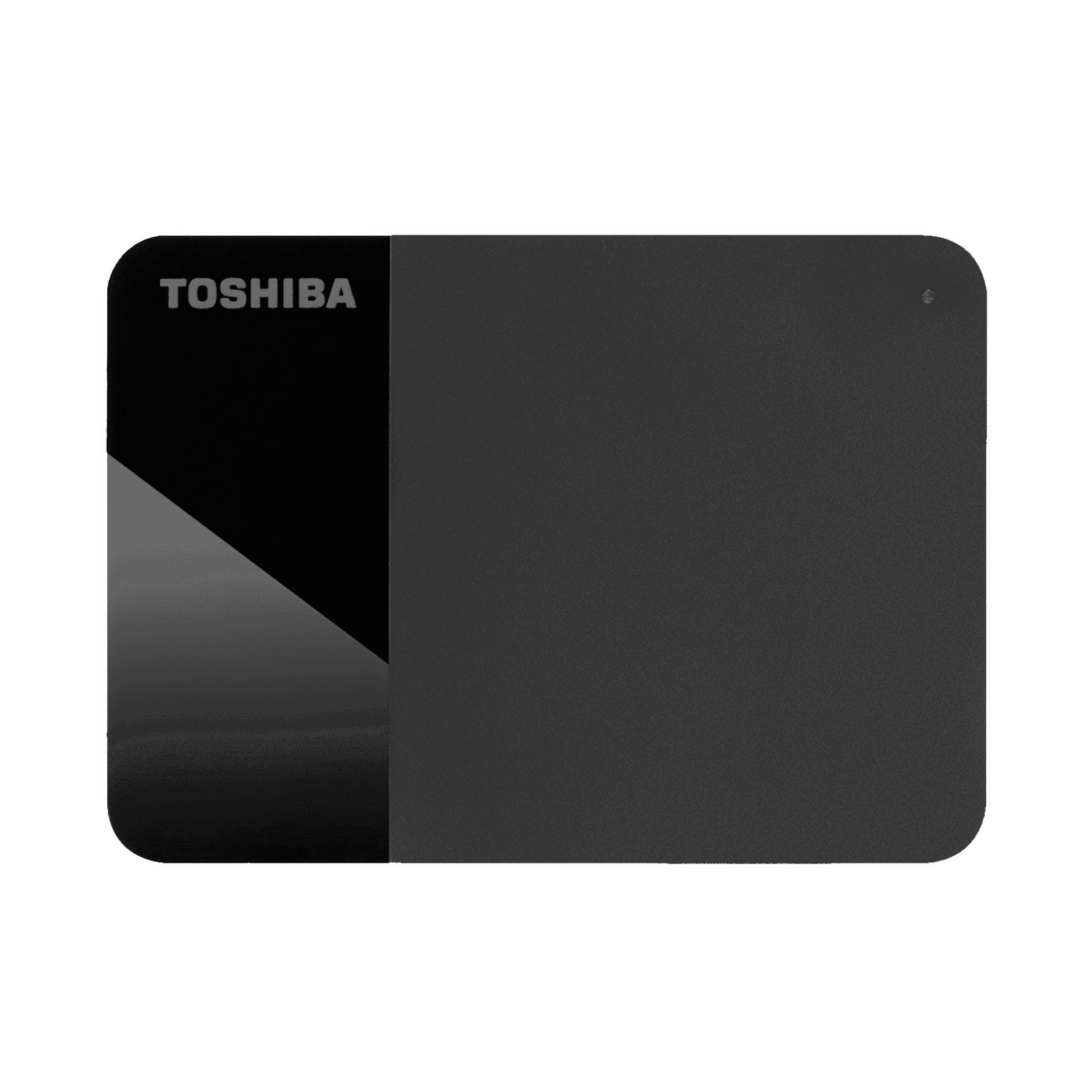
Consumer Electronics
•03 min read

Buy SanDisk Ultra Fair 64GB USB Type A (3.0) Pen Drive (Stylish and tough, Black) online at best prices from Croma. Check product details, reviews & more. Shop now!
Ever experienced the frustration of waiting for your computer to load or files to transfer slowly? Understanding the differences in storage devices can be a game changer, especially when you rely on speed, whether for gaming, video editing, or everyday computing. In this post, we delve into the ins and outs of SSD and HDD speed, offering clear answers to your most pressing questions and helping you to choose the right storage solution based on your needs.
SSDs, or Solid State Drives, utilise flash memory to store data, whereas HDDs, or Hard Disk Drives, depend on spinning disks combined with moving read/write heads. The technology behind these devices is fundamentally different. While SSDs eliminate the need for any moving parts, HDDs operate with mechanical components that can affect performance.
SSDs perform read and write operations using NAND flash memory, providing swift access to stored data without the latency caused by moving elements. In contrast, HDDs use mechanical platters that spin at high speeds, with read/write heads that physically move to locate data. This difference is key to their performance disparities.
The speed of your storage drive directly influences boot times, file transfers, and overall system responsiveness. Faster speeds mean less waiting and more productivity. Understanding the concepts of read/write speeds and data transfer rates can help you make informed decisions when upgrading your system.
Typical SSDs, particularly SATA variants, often deliver read/write speeds around 500 MB/s, while NVMe SSDs can reach speeds close to 3000 MB/s, according to common industry benchmarks. In comparison, HDDs generally operate within the 80 MB/s to 160 MB/s range. This difference in speed can greatly enhance everyday tasks such as gaming, video editing, and transferring large files.

Buy TOSHIBA Canvio Ready 1TB USB (3.0) Portable Hard Disk Drive (Plug-and-play Technology, Black) online at best prices from Croma. Check product details, reviews & more. Shop now!
When comparing SSDs and HDDs, benchmarks such as boot time tests, software loading speeds, and file transfers reveal significant performance enhancements with SSDs. Real-world scenarios consistently demonstrate that SSDs can drastically reduce wait times, contributing to a smoother user experience.
Your storage interface matters too. SATA and NVMe drives offer different speeds due to their varying interfaces. Drive capacity and the type of workload can also affect performance. Additionally, fragmentation is a common issue with HDDs, which rarely affects SSDs because of their architecture.
Insight Corner: Why SSDs Are Faster
Did you know? Unlike HDDs, SSDs don’t rely on spinning disks or moving parts to access data. This eliminates latency and allows SSDs to achieve read/write speeds that are up to 10x faster than traditional hard drives.
For gamers, the speed boost provided by SSDs translates to faster game loading times and smoother overall gameplay. In contrast to HDDs, which may struggle with rapid data retrieval, SSDs improve the gaming experience by reducing lag and ensuring that high-performance titles run seamlessly.
Laptops equipped with SSDs enjoy reduced boot times and lower power consumption – a boon for professionals and students alike. While HDDs can provide ample storage for budget laptops, SSDs are increasingly the choice for those looking to enhance productivity and efficiency during daily computing tasks.
In enterprise applications where high-speed data access is critical, SSDs shine by significantly cutting down on load times and facilitating rapid data transactions. However, for scenarios involving large-scale data storage on a budget, HDDs remain a viable option thanks to their cost-effective nature.
Yes, depending on the SSD type – whether SATA or NVMe – and the workload, SSDs can be up to 10x faster than HDDs in terms of read/write operations.
On average, SSDs offer read/write speeds ranging from 500 MB/s to 3000 MB/s, while HDDs typically range from 80 MB/s to 160 MB/s.
It depends on your priorities. A 256GB SSD provides superior performance and faster data access, whereas a 1TB HDD offers considerably more storage capacity at a lower cost.
Not necessarily. SSDs are less prone to physical damage, thanks to their lack of moving parts; however, their lifespan is influenced by factors such as write endurance and usage patterns.
While HDDs might endure more write cycles, SSDs typically deliver greater durability against physical shocks and wear, making them a reliable choice for many users.
In summary, SSDs excel in terms of speed, making them an excellent pick for performance-critical applications like gaming, video editing, and everyday computing tasks. HDDs, on the other hand, continue to be a dependable option when cost-effective, large-scale storage is needed. Earn up to 5% NeuCoins on every purchase at Tata Neu and enjoy the advantage of Express Delivery for orders placed before 6 PM. Whether you choose an SSD for rapid data access or an HDD for extensive storage, it's clear that each solution has its specific advantages tailored to different use cases. Exploring these differences can help you align your choice with your specific computing needs, ensuring a seamless and efficient experience every time you shop smartly on Tata Neu.